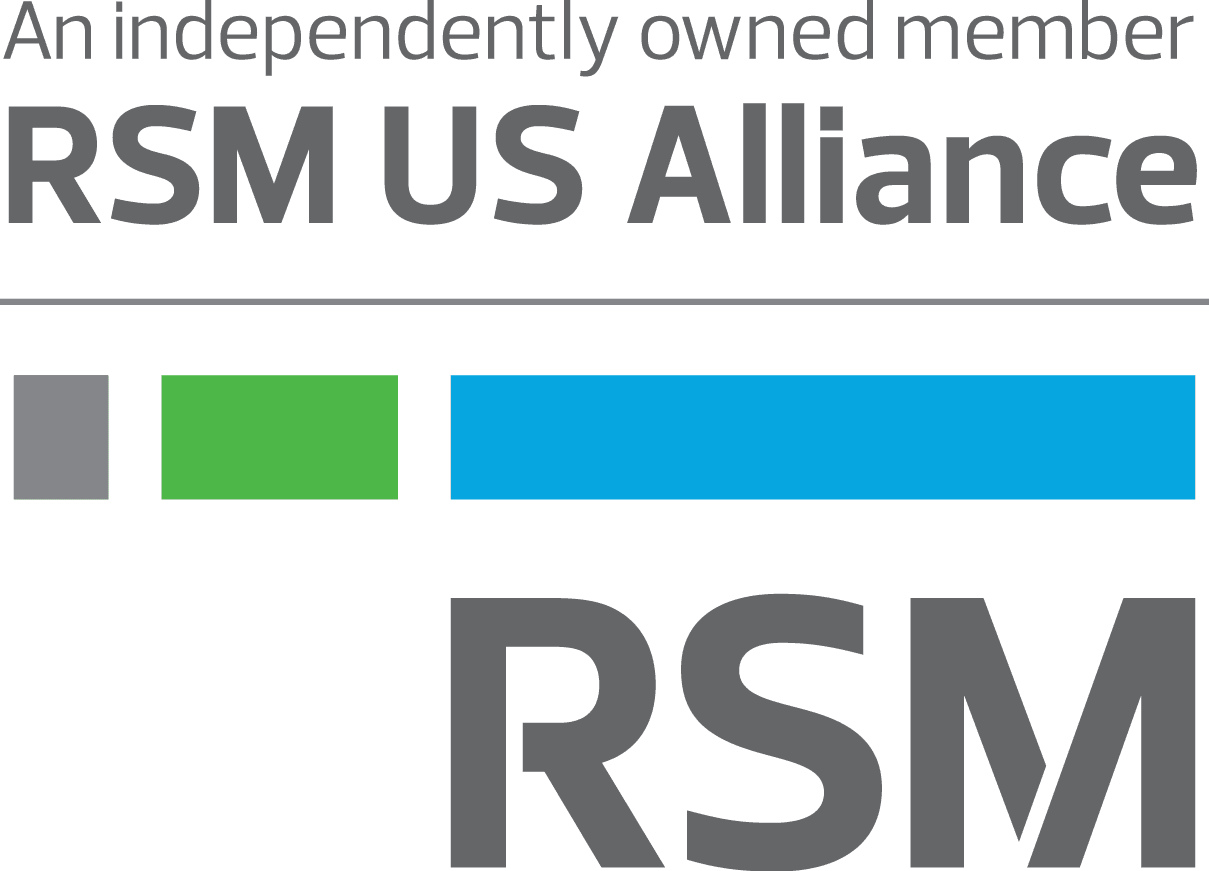

Authored by RSM US LLP
Artificial intelligence (AI) is transforming the financial services industry at a rapid pace, changing the way financial institutions of all sizes operate and interact with their customers. While traditional machine learning (ML) and other advanced analytics methods have been used in banks for years to drive stronger insights and innovation and improve efficiency, generative AI is a newer technology that is changing the game. Generative AI is a type of deep learning algorithm that can generate content by learning and imitating the patterns and structure of the data it was trained on. This makes it capable of mimicking human behavior and thought patterns to process vast amounts of data and information instantly.
On Oct. 30, 2023, President Joe Biden issued an executive order on “safe, secure and trustworthy artificial intelligence” that sets new standards for AI safety and security and includes new privacy provisions and much more that could have broad regulatory repercussions. Read the executive order.
With the commercialization and ease of access to AI tools, banks and financial institutions can now utilize AI in new and innovative ways. Building on the foundation of robotic process automation and traditional data analytics, AI can increase productivity and efficiency, allowing employees to focus on higher-value strategic activities.
For example, a bank could use AI to automate the process of analyzing customer data to identify potential fraud or to personalize the customer experience by providing tailored financial advice. AI can also be used to improve back office business operational efficiency, reducing human error and increasing speed and accuracy. The potential for AI to transform the banking industry is immense, providing customers with a more personalized and efficient banking experience.
Here are some common applications trending within the banking space:
While AI offers a number of opportunities to increase efficiency and drive growth, it can also increase risk if deployed improperly or without appropriate governance. For example, if the training data used to develop AI models is inaccurate, compromised or contains errors, it can lead to flawed outcomes and compromise data integrity. In addition, AI can be subject to biases that can lead to fair lending regulation compliance risk, including:
Data and sample selection bias, in which training data over- or underrepresents certain groups, leading to discrimination Algorithmic or proxy bias that emerges from the design of the algorithm or the criteria it considers (education level, zip code, etc.) Feedback loop bias, which can reinforce and amplify existing biases via the ongoing ML process
In addition to taking steps to avoid these biases, ensuring transparency is critically important in AI decision making in order to defend those decisions. Insufficient documentation around the inputs to the models may lead to fair lending and UDAAP issues, as it’s difficult to prove if the model is fair and ethical in its decision making.
To reduce AI-based risk, your organization must leverage enterprise risk management (ERM) to establish governance and appropriate controls. This should include:
AI represents a tremendous opportunity for middle market financial institutions. The right AI strategy can improve efficiency, help you reach new markets and customers, offer new products and better manage regulatory compliance. To take advantage of these opportunities while managing risk, you’ll need a comprehensive AI road map for your institution. Develop your institution’s approach now to ensure you’ll remain competitive in this quickly evolving market. Have questions? Contact us.
This article was written by John Behringer and originally appeared on 2024-03-25.
2022 RSM US LLP. All rights reserved.
https://rsmus.com/insights/services/risk-fraud-cybersecurity/should-midsized-banks-leverage-ai.html
RSM US Alliance provides its members with access to resources of RSM US LLP. RSM US Alliance member firms are separate and independent businesses and legal entities that are responsible for their own acts and omissions, and each are separate and independent from RSM US LLP. RSM US LLP is the U.S. member firm of RSM International, a global network of independent audit, tax, and consulting firms. Members of RSM US Alliance have access to RSM International resources through RSM US LLP but are not member firms of RSM International. Visit rsmus.com/aboutus for more information regarding RSM US LLP and RSM International. The RSM(tm) brandmark is used under license by RSM US LLP. RSM US Alliance products and services are proprietary to RSM US LLP.

YHB is a proud member of RSM US Alliance, a premier affiliation of independent accounting and consulting firms in the United States. RSM US Alliance provides our firm with access to resources of RSM US LLP, the leading provider of audit, tax and consulting services focused on the middle market. RSM US LLP is a licensed CPA firm and the U.S. member of RSM International, a global network of independent audit, tax and consulting firms with more than 43,000 people in over 120 countries.
Our membership in RSM US Alliance has elevated our capabilities in the marketplace, helping to differentiate our firm from the competition while allowing us to maintain our independence and entrepreneurial culture. We have access to a valuable peer network of like-sized firms as well as a broad range of tools, expertise, and technical resources.
For more information on how YHB can assist you, please call us at contact us.